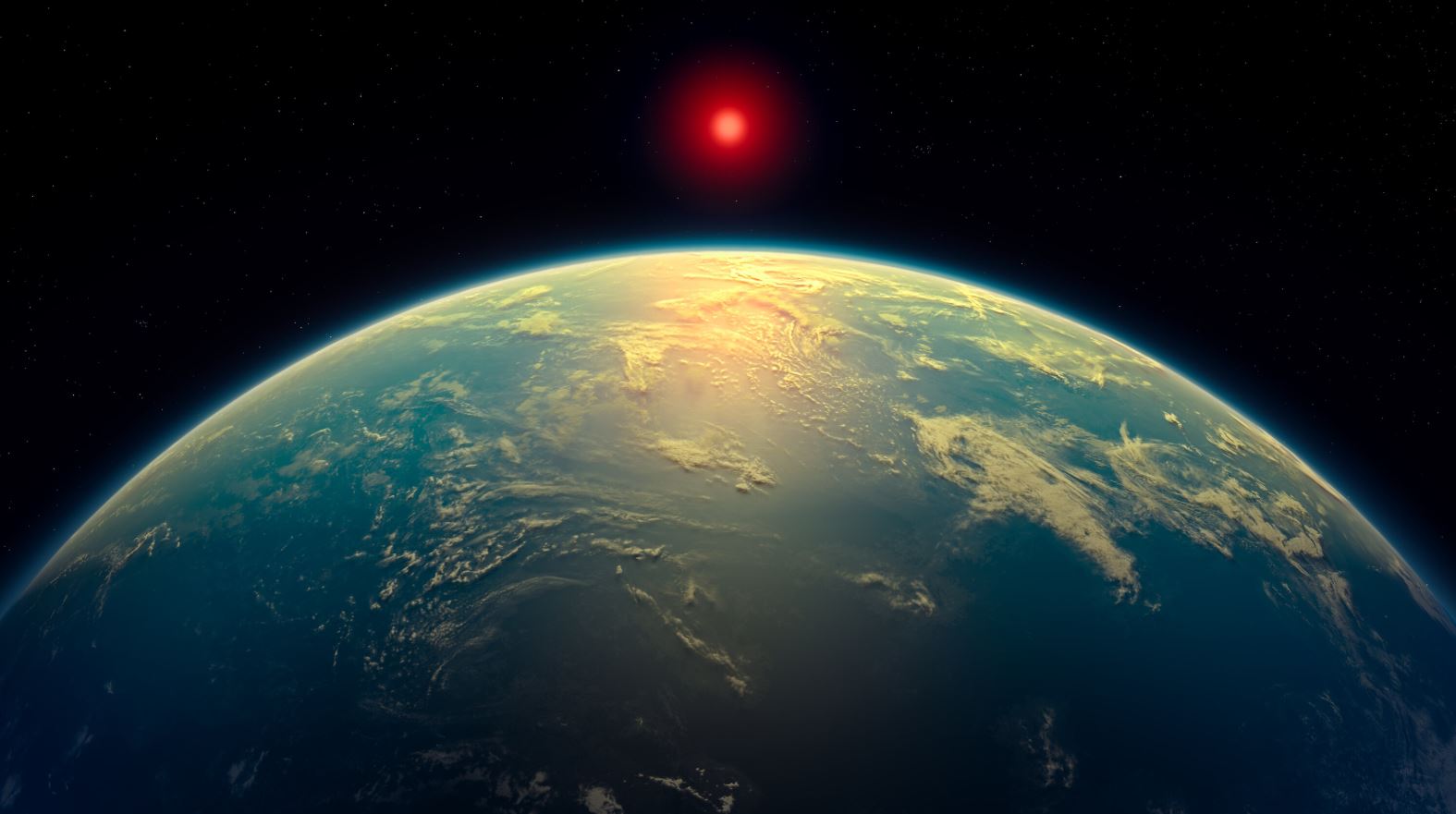 In an exciting development, astronomers using the James Webb Space Telescope have spotted potential signs of life on the exoplanet K2-18b, which is 124 light-years away. This research, led by the University of Cambridge, has detected traces of dimethyl sulfide (DMS) and dimethyl disulfide (DMDS) in K2-18b’s atmosphere. On Earth, these compounds are typically produced by marine microorganisms like phytoplankton, which makes this discovery particularly intriguing.
In an exciting development, astronomers using the James Webb Space Telescope have spotted potential signs of life on the exoplanet K2-18b, which is 124 light-years away. This research, led by the University of Cambridge, has detected traces of dimethyl sulfide (DMS) and dimethyl disulfide (DMDS) in K2-18b’s atmosphere. On Earth, these compounds are typically produced by marine microorganisms like phytoplankton, which makes this discovery particularly intriguing.
Published in The Astrophysical Journal Letters, the findings suggest that while these substances might be produced by unknown non-biological processes, they offer the strongest evidence yet for the possibility of life beyond our planet. K2-18b is significantly larger than Earth, with a mass 8.6 times greater and nearly three times the size. It orbits a red dwarf star in the constellation Leo, completing an orbit every 33 days. Despite its closeness to its star, K2-18b sits in a habitable zone where liquid water could exist—a crucial ingredient for life.
Classified as a Hycean planet, K2-18b is thought to have vast liquid oceans and a hydrogen-rich atmosphere, making it a prime candidate for finding extraterrestrial life. This isn’t the first time K2-18b has caught scientists’ attention. Back in 2023, researchers found methane and carbon dioxide in its atmosphere, marking the first discovery of carbon-based molecules on a planet within a habitable zone.
Initial observations hinted at the presence of dimethyl sulfide, leading to a follow-up study. Nikku Madhusudhan, the lead scientist, shared, “We weren’t sure if the signal we saw last time was due to DMS, but just the hint of it was exciting enough for us to take another look with JWST using a different instrument.” He added, “Earlier theoretical work predicted that high levels of sulfur-based gases like DMS and DMDS are possible on Hycean worlds. Now, we’ve observed it in line with those predictions. Given what we know about this planet, a Hycean world with an ocean teeming with life is the scenario that best fits our data.”
For those of us fascinated by the possibility of life beyond Earth, these findings are a thrilling step forward. While there’s still much to learn, K2-18b continues to be a compelling subject for scientists eager to explore the universe’s mysteries.








